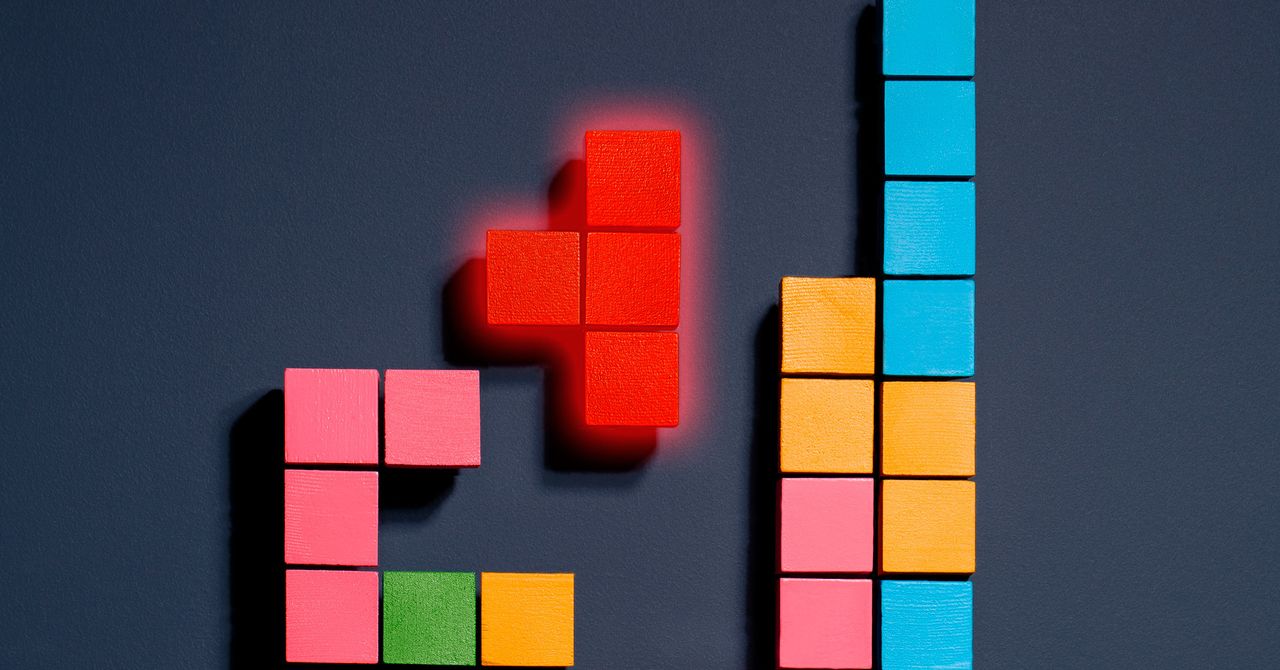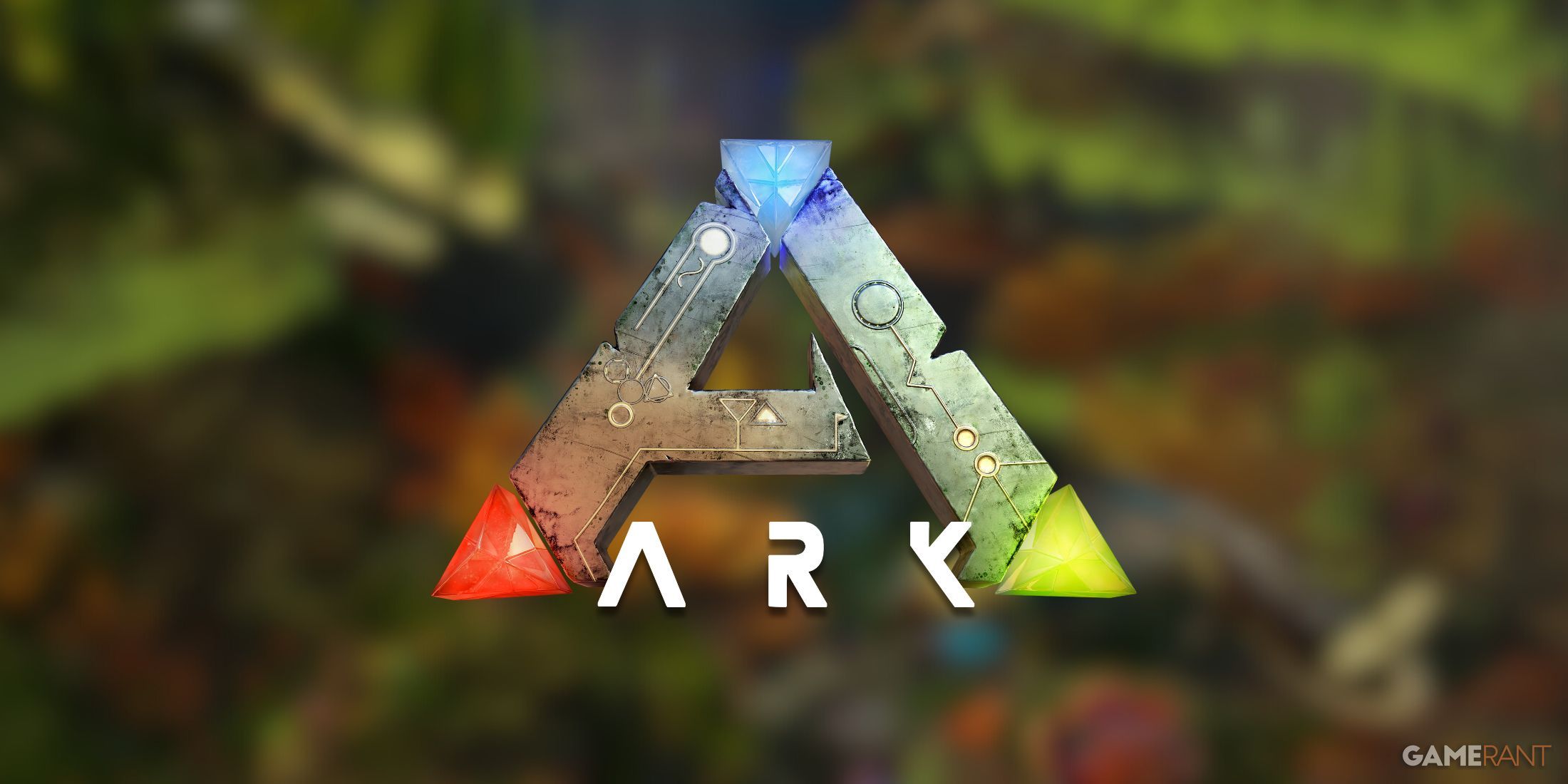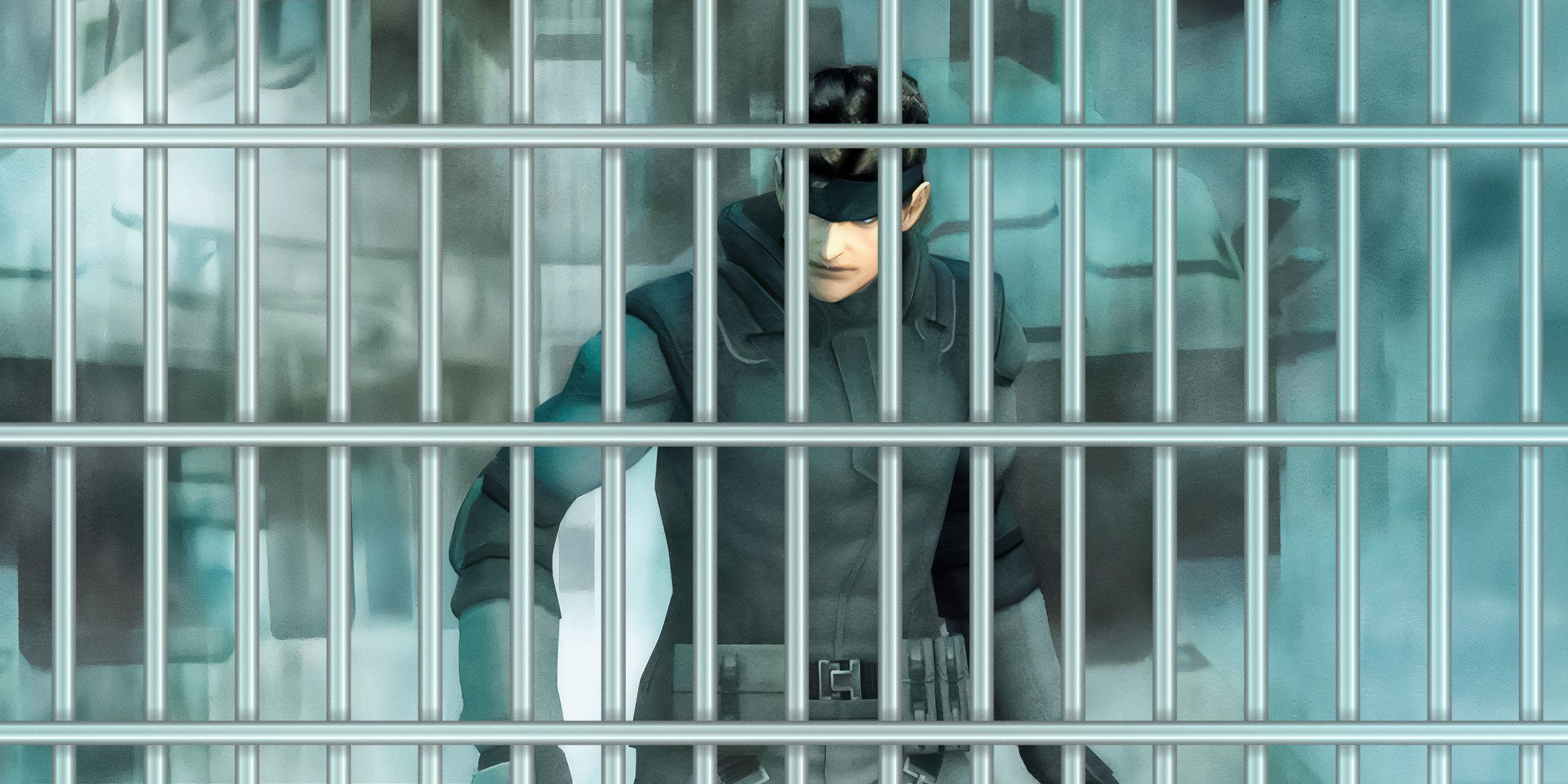
The videogames of Tetsuya Mizuguchi have chased a singular, mystical effect—one the celebrated designer first experienced 30 years ago, in 1988, when he wandered into an arcade in Tokyo. A young college student at the time, Mizuguchi enjoyed the shooters and racing games but was mesmerized by a colorful, musical waterfall of 2-D blocks. “I put many coins into that machine,” Mizuguchi remembers. “It was such elegant perfection.”
Tetris would not only become one of the most enduring entertainments of the age, it would also inspire much of Mizuguchi’s career, leading to a trilogy of brain-entrancing games: 2001’s Rez sent players flying through spacey wireframe landscapes; his 2004 follow-up, Lumines, paired falling shapes with the time-based elements of a rhythm game; Child of Eden, which came out in 2011, turned players’ bodies into the controller. Each one owes a conceptual debt to Tetris, marrying geometry and sound in a delightful synesthesia—but none more so than Mizuguchi’s latest creation, his own spin on Tetris itself. Out for the PlayStation 4 in November, Tetris Effect is a sumptuous update of the classic. It’s also something more, an effort to leverage a scientific phenomenon that may ease our way into a boundaryless digital future.
The rules of Tetris are simple: Rotate and drop four-block shapes into place in order to create and clear unbroken lines. But from the time the game emerged from a Russian computer lab in 1984, people have reported a bizarre experience. After sustained play, they would see the tetrominoes in their mind’s eye, especially while falling asleep. Clinically that’s known as hypnagogic hallucination, but the term that stuck—and the title Mizuguchi would later choose for his game—was the “Tetris effect.” As Jeffrey Goldsmith, who coined the term in this very magazine in May 1994, described it:













